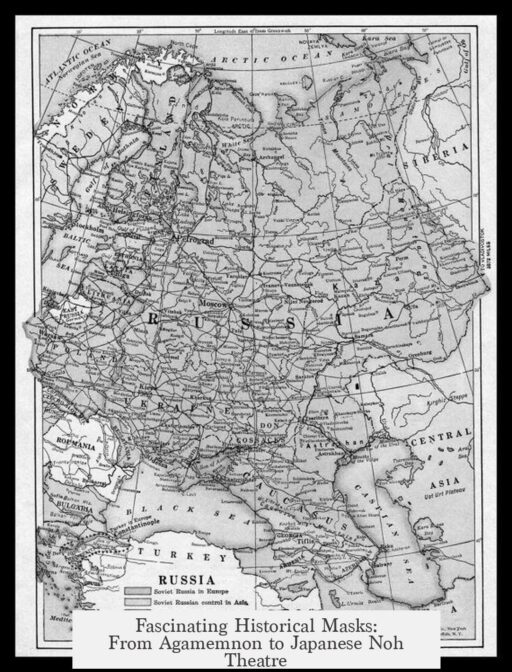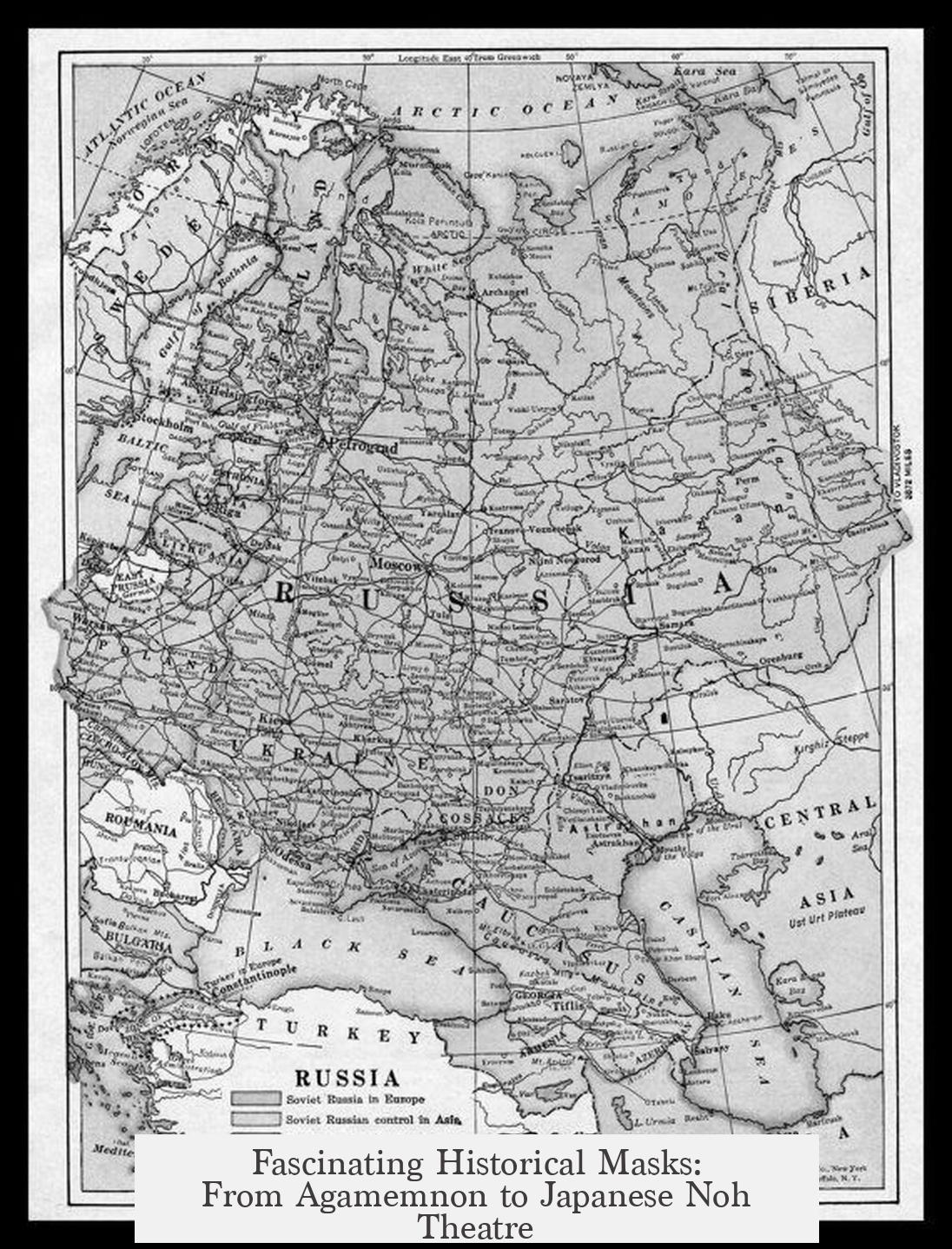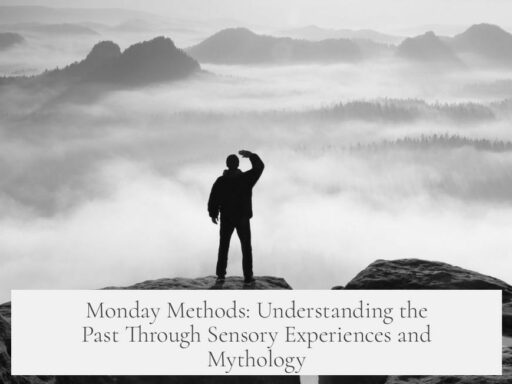Some masks carry rich histories shaped by culture, discovery, or mystery. These masks reveal insights about past peoples and their traditions.
The Mask of Agamemnon stands as one of the most debated archaeological finds. Unearthed in the 19th century by Heinrich Schliemann at Mycenae, it was named after the legendary Greek king. However, the mask dates roughly 200-300 years earlier than the supposed Trojan War era. Scholars question its authenticity, with some alleging Schliemann altered or forged parts. Despite controversy, it symbolizes early attempts to link artifacts with epic tales in Greek history. The mask is a gold funeral face, likely representing an elite Mycenaean warrior or leader.
The Sutton Hoo ceremonial helmet also holds great historic weight. Found in a ship burial in England, the helmet is part of a wider Anglo-Saxon treasure trove from the early medieval period. Its intricate craftsmanship and design shed light on warrior culture and funeral rites. The Sutton Hoo helmet’s discovery helped historians understand early English nobility and connections with Scandinavian traditions. It resembles the Oseberg ship burial helmet, showing regional cultural overlap in Northern Europe.
In Japan, Noh theater masks form an essential part of cultural heritage. Unlike archaeological finds, these masks function as artistic tools in classical drama dating back centuries. Each mask signifies a character type, expressing emotions and personality traits without words. The masks influence modern arts and cinema, notably influencing filmmaker Akira Kurosawa. For example, Kurosawa’s film “Ran” uses motifs inspired by the ‘old man’ Noh mask. Such masks continue to highlight Japanese theatrical traditions and their impact worldwide.
On a very different note, German sniper masks evoke a strong emotional reaction. These masks, worn during wartime, were designed for camouflage and psychological effect. Their stark, sometimes chilling appearance remains powerful in visual culture. Though less historic in the traditional sense, these masks reflect evolving wartime technology and mental tactics used in conflict.
| Mask | Origin | Era | Significance |
|---|---|---|---|
| Mask of Agamemnon | Mycenae, Greece | c. 1500 BCE | Mythological link; funerary mask; authenticity debated |
| Sutton Hoo Helmet | England | Early Medieval (7th century) | Anglo-Saxon elite burial; craftsmanship |
| Noh Theater Masks | Japan | Classical period onward | Theatrical roles; cultural tradition |
| German Sniper Masks | Germany | 20th century wars | Military camouflage; psychological warfare |
- Masks like Agamemnon’s reveal early archaeological storytelling and mythic associations.
- Sutton Hoo helmet connects Anglo-Saxon and Norse burial traditions.
- Noh masks emphasize theater’s power to communicate identity beyond words.
- German sniper masks illustrate modern warfare’s psychological aspects.
What Are Some Interesting Masks With a History Behind Them?
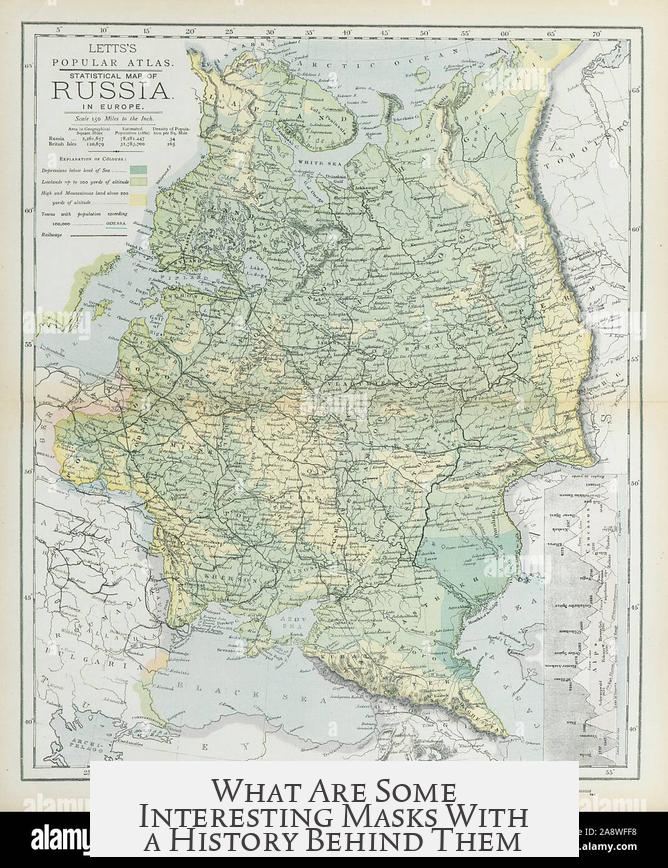
Masks have fascinated humanity for millennia, serving roles beyond mere disguise. They embody culture, history, power, and even mystery. Today, let’s dive into some particularly intriguing masks that come loaded with stories, controversies, and cultural influence.
The Mask of Agamemnon: The Enigmatic Golden Face
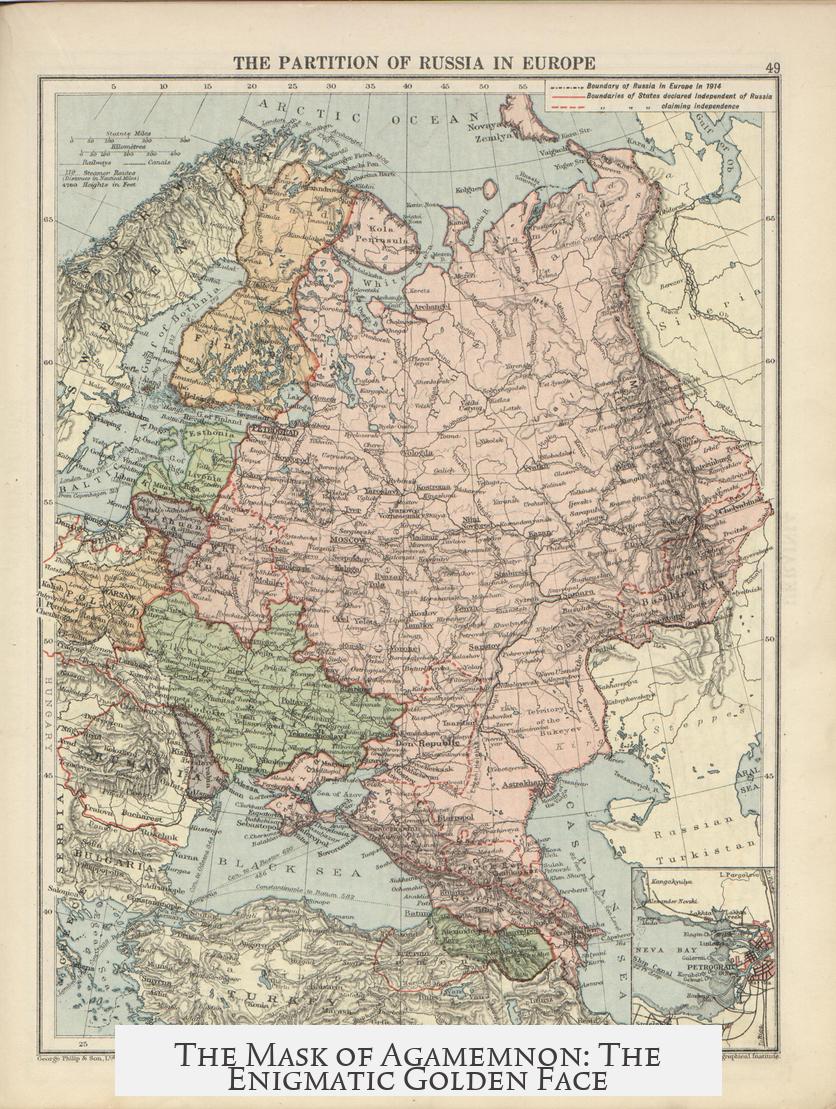
Discovered by the adventurous Heinrich Schliemann in the 19th century, the Mask of Agamemnon is a spectacular gold funeral mask found at Mycenae. Schliemann’s find was supposed to be the visage of the legendary Greek king – but did Agamemnon really wear this mask? Not likely.
This mask dates back a few hundred years before the traditional timing of the Trojan War. And here’s where things get spicy: some accuse Schliemann of doctoring the mask or outright forging it to fit his narrative. Others stand by its authenticity as a genuine Mycenaean artifact. It’s archaeological drama with gold leaf!
Why does this matter? It challenges how we interpret history and reminds us that sometimes, facts and legends are tangled. It’s a prime example of how an object’s story can be as riveting as the mask itself.
Curious to explore more about the controversy? Check out this insightful piece at Archaeology.org.
Sutton Hoo Ceremonial Helmet: The Masked Warrior of Anglo-Saxon England
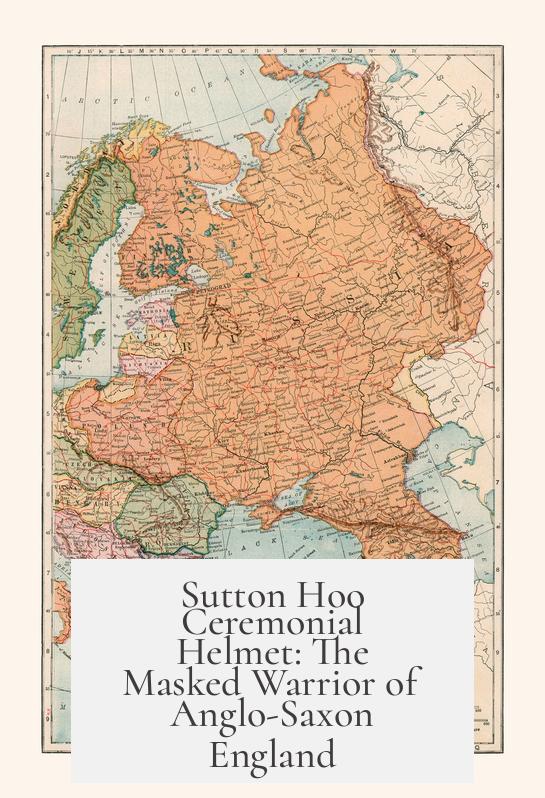
Imagine uncovering a treasure ship grave, long hidden beneath the English soil. That’s exactly what happened at Sutton Hoo. Buried alongside a ship’s remains was an exquisitely crafted ceremonial helmet that also doubles as a mask.
The Sutton Hoo helmet is a fusion of art and warfare, showcasing intricate patterns, symbolic decorations, and, dare I say, some serious badass vibes.
This helmet served as more than just protection. It symbolized power and identity, worn likely by a chieftain or king who wanted to make a statement on the battlefield and beyond. Its discovery reshaped our understanding of early medieval Britain and its connections to Norse and wider European cultures.
If ship burials thrill you, consider the similar Oseberg ship in Norway as another peek into ancient masked warriors, and learn more about Sutton Hoo itself here.
Noh Theater Masks: Japanese Faces of Spirit and Story
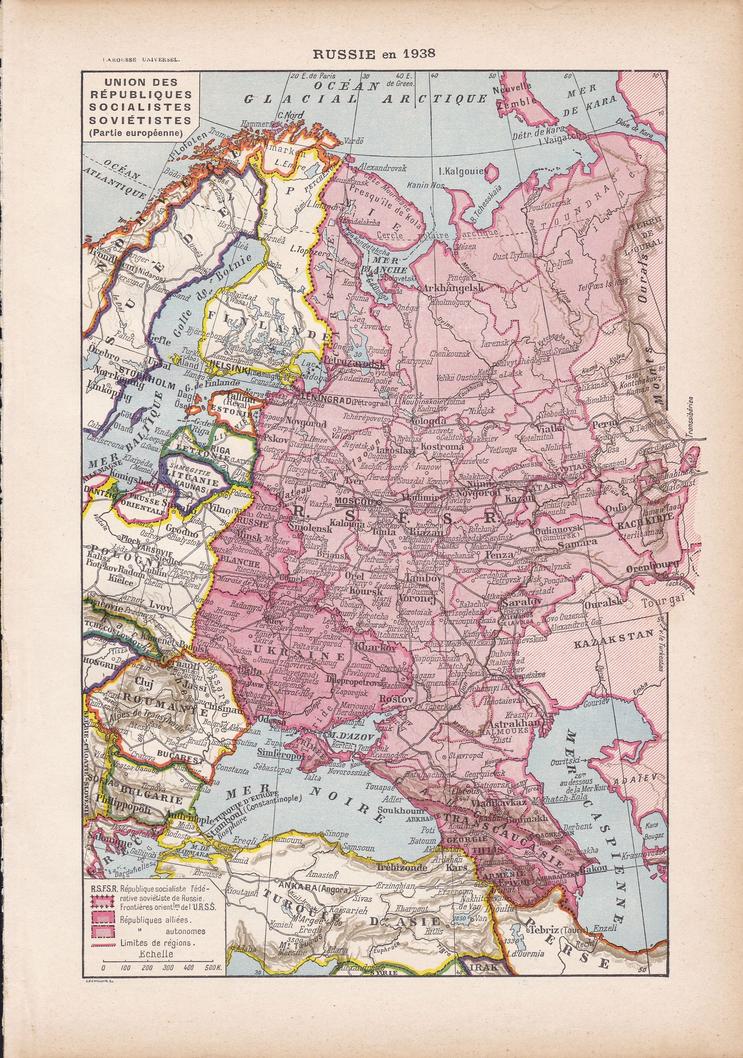
Moving from archaeology to art, Japan’s Noh theater employs masks to conjure mood, mystery, and deeper meaning. Each mask represents character types—from the ghostly and tragic to the divine and heroic.
Unlike the warrior helmets, Noh masks don’t just shield faces; they transform actors into archetypes. These masks bring stories to life, breathing spirit into every performance.
Noh masks may not have changed historical events, but their ripple effect on culture and the arts is undeniable. Legendary filmmaker Akira Kurosawa heavily drew inspiration from Noh. For example, the character Hidetora Ichimonji in Kurosawa’s Ran reflects the expression and symbolism of the “old man” Noh mask. To anyone who’s seen Ran, those haunting faces stick in your mind.
If you want to witness these masks in all their eerie glory, feast your eyes here: Noh Masks and see the influence in Ran Film. Another theatrical image is available here.
German Sniper Masks: The Creepy Camouflage of Warfare
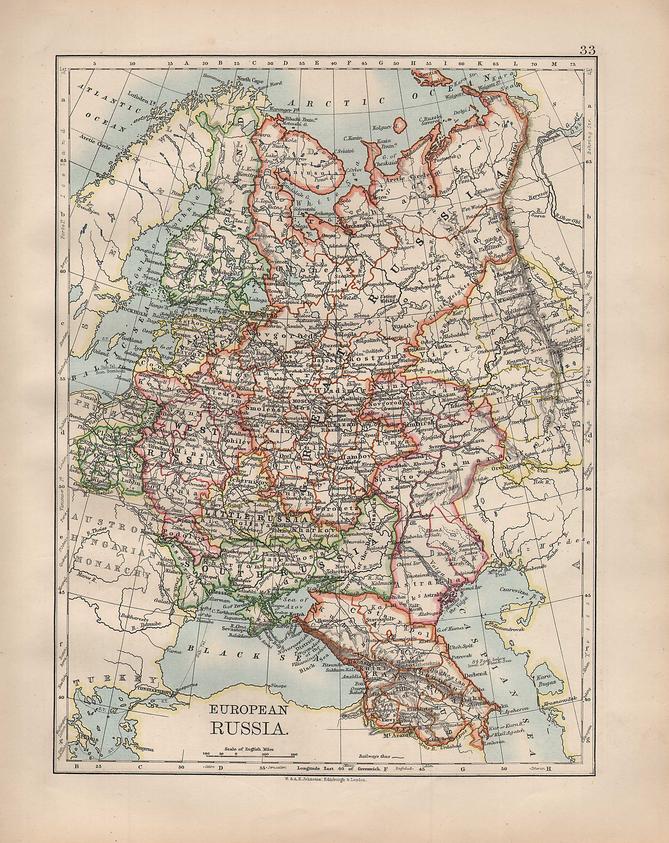
Fast forward to the 20th century and enter a mask that’s bound to give anyone the chills: the German sniper masks used during wartime.
These masks were designed for concealment but ended up with a visual impact that messes with your head. Their stark, ghostly looks earned them a reputation as intimidating – even creepy – battlefield gear.
While not ancient or ceremonial, these masks reveal how war and psychology intersect. Camouflage meets fear tactics, and soldiers become anonymous phantoms on the battlefield.
If you want to check out some images that capture just how unsettling these masks are, see the German Sniper Mask Photo and also this image. Warning: They’re enough to haunt your dreams.
What Can These Masks Teach Us?
From gold death masks to theatrical expressions and chilling wartime gear, masks with histories teach us about identity, belief, and human experience. They unlock stories about those who wore them and the cultures that made them.
Have you ever wondered what face you’d wear if you could borrow a mask from history? Would you choose a king’s golden visage, a solemn Noh spirit, or something that terrifies your enemies into retreat?
The truth is, masks hold power beyond their looks—they are doorways to understanding our past and ourselves. So next time you see a mask, ask: what’s the story behind this face?
